
The Science of Crypto Diversification: Why Token Metrics AI Indices Outperform Single-Token Strategies

When most people think about cryptocurrency investing, they think about Bitcoin. As the first and largest cryptocurrency by market capitalization, Bitcoin dominates headlines, conversation, and portfolios. Many investors adopt a Bitcoin-only strategy, believing that if crypto succeeds, Bitcoin will lead the way. While Bitcoin certainly deserves a place in crypto portfolios, this single-asset approach leaves enormous value on the table while exposing investors to unnecessary risks.
The reality of cryptocurrency markets is far more nuanced than Bitcoin maximalism suggests. The crypto ecosystem has evolved into a diverse landscape featuring thousands of projects serving different purposes, utilizing different technologies, and offering different risk-return profiles. Smart contract platforms like Ethereum, decentralized finance protocols, Layer 2 scaling solutions, cross-chain bridges, and specialized utility tokens each capture different aspects of blockchain's revolutionary potential.
Token Metrics AI Indices are built on a fundamental principle: intelligent diversification across this crypto landscape delivers superior risk-adjusted returns compared to concentrated single-token positions. This isn't mere theory—it's backed by portfolio science, empirical evidence, and the proven principles of modern portfolio theory adapted for cryptocurrency's unique characteristics. This comprehensive guide explores the science behind crypto diversification, why it matters more in digital assets than traditional markets, and how Token Metrics implements sophisticated diversification strategies that individual investors cannot replicate.
The Mathematical Foundation: Modern Portfolio Theory Meets Crypto
Harry Markowitz and the Diversification Revolution
In 1952, Harry Markowitz published a groundbreaking paper introducing Modern Portfolio Theory (MPT), fundamentally transforming how investors approach portfolio construction. Markowitz demonstrated mathematically that combining assets with different risk characteristics creates portfolios with superior risk-adjusted returns compared to individual assets. The key insight: portfolio risk depends not just on individual asset risks but on how those assets move relative to each other—their correlations.
This principle, which earned Markowitz the Nobel Prize in Economics, applies powerfully to cryptocurrency investing. Just as diversifying across stocks, bonds, and real estate reduces portfolio volatility in traditional finance, diversifying across different cryptocurrencies, blockchain protocols, and sectors reduces risk while maintaining or enhancing returns.
Correlation: The Key to Effective Diversification
Correlation measures how two assets move together. A correlation of +1 means perfect positive correlation—assets move identically. A correlation of -1 means perfect negative correlation—when one rises, the other falls. A correlation of 0 means no relationship—movements are independent.
Effective diversification requires combining assets with low or negative correlations. If you hold two assets with +0.95 correlation, you haven't truly diversified—they'll largely move together. But combining assets with +0.3 correlation provides genuine diversification benefits, smoothing portfolio volatility while maintaining return potential.
Cryptocurrency correlations are complex and dynamic. Bitcoin and Ethereum show moderate correlation (typically +0.6 to +0.8), meaning they often move together but not identically. Bitcoin and smaller altcoins show lower correlations, especially during "alt seasons" when capital rotates from Bitcoin into alternative tokens. DeFi tokens correlate with each other but less strongly with Bitcoin. Layer 2 solutions follow yet different patterns.
Token Metrics' AI continuously analyzes these correlation patterns, constructing indices that maximize diversification benefits by combining tokens with complementary correlation profiles.
The Efficient Frontier in Crypto Markets
Modern Portfolio Theory introduces the concept of the efficient frontier—the set of portfolios offering maximum expected return for given risk levels or minimum risk for given expected returns. Portfolios on the efficient frontier dominate all others through optimal diversification.
In cryptocurrency markets, the efficient frontier looks dramatically different than in traditional finance due to crypto's extreme volatility, rapidly changing correlations, and explosive growth potential. Token Metrics' AI identifies portfolios on or near the efficient frontier by analyzing thousands of potential combinations, optimizing across multiple dimensions simultaneously, adapting as market conditions change, and balancing growth potential with risk management.
Individual investors attempting to find the efficient frontier manually face an impossible task given the computational complexity. Token Metrics' indices solve this problem systematically.
Why Crypto Demands More Diversification Than Traditional Assets
Extreme Individual Token Volatility
Individual cryptocurrencies exhibit volatility far exceeding traditional assets. While stocks might fluctuate 20-30% annually under normal conditions, cryptocurrencies routinely experience 50-100% swings or more. Small-cap altcoins can drop 90%+ during bear markets or surge 1000%+ during bull runs.
This extreme volatility makes concentrated positions exceptionally risky. A portfolio concentrated in one or two tokens faces wealth-destroying drawdowns during inevitable corrections. Diversification across 10-20 tokens significantly reduces portfolio-level volatility even though individual holdings remain volatile.
Token Metrics indices harness this volatility advantageously through diversification that smooths individual token fluctuations while capturing overall market growth.
Project-Specific Risks Are Substantial
Cryptocurrency projects face numerous existential risks including technological failure where code bugs or security vulnerabilities destroy value, competitive displacement as superior technologies emerge, regulatory challenges targeting specific projects or categories, team problems including developer departures or conflicts, and market relevance loss as use cases become obsolete.
These project-specific risks mean that even fundamentally sound cryptocurrencies can fail catastrophically. History is littered with once-promising projects that became worthless—from BitConnect's fraud to Terra/LUNA's algorithmic stablecoin collapse.
Diversification protects against these project-specific disasters. If one holding in a 20-token portfolio fails completely, you lose 5% of crypto allocation. If your entire crypto portfolio is concentrated in that single token, you lose everything.
Token Metrics' comprehensive due diligence and diversification approach provides multiple layers of protection against project-specific failures.
Market Cycles Affect Tokens Differently
Cryptocurrency market cycles don't impact all tokens uniformly. During early bull markets, Bitcoin typically leads while altcoins lag. Mid-bull-market, capital rotates into large-cap altcoins like Ethereum. Late-stage bull markets see speculative small-caps surge in "alt seasons." During bear markets, Bitcoin shows relative resilience while many altcoins crash 90%+.
These rotation patterns mean that holding only Bitcoin causes you to miss substantial alt-season gains, while holding only altcoins exposes you to devastating bear market drawdowns. Diversified portfolios capture leadership regardless of which segment is outperforming.
Token Metrics indices are designed to adapt to these rotation patterns, maintaining exposure across market capitalizations and sectors to participate in each cycle phase.
Sector-Specific Opportunities and Risks
The cryptocurrency ecosystem encompasses diverse sectors including:
- Layer 1 blockchains competing for smart contract dominance
- Layer 2 scaling solutions reducing transaction costs
- DeFi protocols enabling decentralized financial services
- NFT and metaverse projects building virtual economies
- Oracle networks connecting blockchains to real-world data
- Cross-chain bridges enabling interoperability
Each sector faces unique opportunities and challenges. DeFi protocols might surge during periods of innovation and adoption but face regulatory pressure. NFT platforms might boom during cultural moments but experience sentiment shifts. Layer 2 solutions benefit from Ethereum's gas fee problems but face technical challenges.
Sector diversification ensures your portfolio captures whichever sectors are performing while limiting exposure to sector-specific downturns. Token Metrics offers both diversified indices spanning multiple sectors and focused indices targeting specific sectors for tactical allocation.
Token Metrics' Multi-Layered Diversification Approach
Diversification Across Market Capitalizations
Token Metrics implements sophisticated market-cap diversification, balancing exposure across:
- Large-cap cryptocurrencies (Bitcoin, Ethereum, top 10-20 projects) for stability and liquidity
- Mid-cap tokens (ranked 20-100) for growth potential with moderate risk
- Small-cap opportunities (ranked 100+) for asymmetric upside for a portion of portfolio
This market-cap diversification captures the "barbell strategy" benefits—combining stable large-caps with high-growth small-caps for optimal risk-return profiles.
The AI dynamically adjusts market-cap exposures based on market conditions. During uncertain periods, large-cap exposure increases. During confirmed bull markets with strong risk appetite, small-cap allocation grows.
Diversification Across Technologies and Protocols
Beyond market cap, Token Metrics diversifies across underlying technologies including:
- Different consensus mechanisms (Proof of Work, Proof of Stake, other innovations)
- Smart contract platforms (Ethereum, Solana, Avalanche, Cardano)
- Privacy technologies (Monero, Zcash, privacy layers)
- Interoperability solutions (Polkadot, Cosmos, cross-chain bridges)
This technological diversification ensures portfolios aren't over-exposed to single technical approaches. If Proof of Work faces regulatory challenges, your portfolio maintains exposure to Proof of Stake alternatives. If Ethereum dominates, you benefit. If an Ethereum competitor gains traction, you capture that growth too.
Diversification Across Use Cases and Sectors
Token Metrics indices diversify across blockchain use cases including:
- Store of value (Bitcoin, digital gold narrative)
- Smart contract platforms (Ethereum, competitors)
- DeFi protocols (lending, DEXs, derivatives)
- Payments and remittances
- Gaming and NFTs
- Infrastructure and tooling
- Identity and privacy solutions
This use-case diversification captures the full breadth of blockchain's disruptive potential rather than betting on single applications.
Geographic and Regulatory Diversification
Cryptocurrency projects originate globally and face different regulatory environments. Token Metrics considers geographic factors including development team locations, primary user base geography, regulatory exposure and compliance posture, and exchange listing jurisdictions.
This geographic diversification reduces risk from region-specific regulatory actions. If one country bans crypto mining, your portfolio isn't concentrated in mining-dependent tokens. If another country embraces crypto, you have exposure to projects benefiting from that support.
Temporal Diversification Through Systematic Rebalancing
Token Metrics implements temporal diversification through systematic rebalancing—effectively dollar-cost averaging at the portfolio level. As different tokens outperform or underperform, rebalancing sells portions of strong performers (selling high) and adds to underperformers (buying low).
This systematic approach to temporal diversification improves returns while reducing volatility by enforcing disciplined profit-taking and value-seeking behavior.
Get Started For Free
Common Diversification Mistakes Crypto Investors Make
False Diversification: Holding Correlated Assets
Many investors believe they're diversified by holding multiple cryptocurrencies when they've actually created concentrated exposure. Holding Bitcoin, Litecoin, and Bitcoin Cash provides minimal diversification—these Bitcoin-related assets move very similarly. Holding five different DeFi protocols on Ethereum creates sector concentration risk.
True diversification requires holding assets with meaningfully different drivers. Token Metrics' AI analyzes correlations continuously, ensuring indices provide genuine diversification rather than false variety.
Over-Diversification: Spreading Too Thin
While diversification provides benefits, excessive diversification creates problems. Holding 100+ tokens means you can't meaningfully research any position, transaction costs consume returns, and portfolio management becomes unmanageable. Moreover, extreme diversification eliminates potential for outsized returns—you're guaranteed to own winners but also guaranteed to own losers in equal measure.
Token Metrics indices strike optimal balances—typically 10-30 holdings providing substantial diversification benefits without excessive dilution. This "Goldilocks" approach captures most diversification benefits while maintaining focus.
Naive Equal-Weighting
Some investors attempt diversification by equal-weighting all holdings—putting 10% in each of 10 tokens. While better than concentration, this approach ignores important factors including individual token risks and volatilities, market capitalization and liquidity differences, correlation patterns between holdings, and fundamental quality variations.
Token Metrics' AI implements risk-adjusted weighting where position sizes reflect comprehensive analysis. Higher-quality, lower-volatility tokens receive larger allocations. Riskier, more volatile tokens receive smaller positions. This sophisticated approach optimizes risk-adjusted returns.
Static Allocation Without Rebalancing
Even well-constructed diversified portfolios drift over time as different holdings perform differently. Without rebalancing, portfolios become concentrated in recent winners—often at elevated valuations—while underweighting recent losers that may offer value.
Token Metrics' systematic rebalancing maintains target diversification levels, enforcing disciplined portfolio management that individual investors struggle to implement emotionally.
Measuring Diversification Effectiveness
Key Metrics for Diversification
Token Metrics tracks multiple metrics measuring diversification effectiveness including:
- Portfolio volatility relative to individual holdings
- Sharpe ratio measuring risk-adjusted returns
- Maximum drawdown during challenging periods
- Correlation with Bitcoin and broader markets
- Concentration measures ensuring balanced exposure
These metrics provide objective assessment of whether diversification is working as intended.
Outperformance Through Crisis Periods
Diversification's true value appears during crisis periods. When individual tokens crash 80-90%, well-diversified portfolios might decline 40-50%—still painful but dramatically better. This downside protection preserves capital for eventual recovery and compound growth.
Token Metrics' historical performance demonstrates diversification's protective benefits during crypto winters while maintaining upside capture during bull markets.
Risk-Adjusted Return Superiority
The ultimate measure of diversification effectiveness is risk-adjusted returns—how much return you achieve per unit of risk taken. Token Metrics indices consistently demonstrate superior risk-adjusted returns compared to single-token positions or naively diversified portfolios.
This superiority comes from sophisticated diversification informed by AI analysis, systematic rebalancing optimizing portfolio composition, and risk management preventing devastating concentration losses.
Implementing Effective Diversification with Token Metrics
Selecting the Right Index Mix
Token Metrics offers multiple indices with different diversification characteristics. Maximizing benefits requires understanding how to combine indices including:
- Broad market indices providing comprehensive diversification
- Sector-specific indices for tactical themes
- Market-cap focused indices balancing risk and return
- Geographic or protocol-specific options when appropriate
Consider holding 2-4 indices providing complementary exposures rather than single index or excessive index holdings creating unnecessary complexity.
Balancing Diversification with Conviction
While diversification provides risk management, maintaining some conviction-based positioning captures outsized returns when your insights prove correct. A balanced approach combines 70-80% of crypto allocation in diversified Token Metrics indices providing systematic exposure and risk management with 20-30% in higher-conviction positions based on personal research and views.
This approach benefits from both professional diversification and personal conviction without excessive concentration risk.
Monitoring and Adjusting Over Time
Diversification isn't set-and-forget—monitor effectiveness over time. Review quarterly whether your index combination provides intended diversification, correlation patterns haven't changed dramatically, new indices might offer improved diversification, and rebalancing is occurring as expected.
Token Metrics provides analytics tools supporting this monitoring without requiring complex calculations.
The Future of Crypto Diversification
Expanding Asset Classes
Cryptocurrency diversification will expand beyond tokens into NFT portfolio diversification, DeFi position management, tokenized real-world assets, and synthetic crypto derivatives.
Token Metrics is developing capabilities across these emerging diversification dimensions, ensuring users access comprehensive exposure to blockchain-based assets.
AI-Enhanced Correlation Forecasting
Future AI capabilities will include predictive correlation modeling forecasting how assets will move together under different scenarios, enabling proactive diversification adjustments before correlation changes impact portfolios.
Personalized Diversification
Advanced AI will enable true personalization at scale—creating custom diversification strategies reflecting individual circumstances, goals, and constraints while maintaining sophisticated optimization.
Conclusion: Diversification as Competitive Advantage
In cryptocurrency investing, intelligent diversification represents a sustainable competitive advantage. While concentrated bets occasionally deliver spectacular returns, they more frequently result in devastating losses. Systematic diversification through Token Metrics AI Indices provides the consistent, risk-adjusted returns that build lasting wealth.
The science is clear: diversification works. The challenge is implementation—constructing truly diversified portfolios, analyzing thousands of correlations, weighting positions appropriately, and rebalancing systematically. Token Metrics solves this implementation challenge, making sophisticated diversification accessible to all investors.
Your crypto investment success depends less on picking winning tokens and more on constructing winning portfolios. Token Metrics provides the science, technology, and systematic framework for portfolio construction that outperforms concentrated speculation.
The choice is yours: gamble on single tokens hoping for moonshots, or invest systematically in diversified portfolios built on proven science and powered by artificial intelligence. One approach might occasionally succeed spectacularly. The other succeeds consistently, compound by compound, cycle after cycle, building the lasting wealth you seek.
Token Metrics: Bringing Advanced Diversification to Everyone
Token Metrics empowers users by offering AI-driven index strategies that leverage modern portfolio theory, real-time correlation analysis, and systematic rebalancing. With access to diversified crypto indices that adapt as markets evolve, individual investors can build professionally structured portfolios without deep technical expertise. Token Metrics continuously researches, updates, and enhances index offerings, making sophisticated diversification strategies available to all participants seeking the next level of crypto portfolio management.
FAQ on Crypto Diversification and Token Metrics Indices
What is crypto diversification and why does it matter?
Crypto diversification is the process of spreading allocations across several tokens, sectors, or strategies to reduce risk and improve return profiles. Unlike single-token positions, diversified portfolios help smooth volatility and offset project-specific risks by capturing different blockchain innovations and market cycles.
How does modern portfolio theory apply to cryptocurrencies?
Modern portfolio theory (MPT), originally developed for traditional finance, demonstrates that optimal portfolios are built by combining assets with different correlation patterns. In crypto, MPT helps construct portfolios that balance high volatility with lower correlated tokens, improving overall risk-adjusted returns.
How does Token Metrics build its AI indices?
Token Metrics uses AI to scan thousands of tokens, analyzing correlations, volatility, market capitalization, and sector trends. Indices are constructed to maximize diversification benefits, with continuous rebalancing to adapt to changing market conditions.
Is holding several similar tokens truly diversified?
Not always. Diversification requires holding assets with different price drivers and low correlation. Holding several tokens from the same sector (such as only DeFi coins) or with similar technological traits can leave portfolios exposed to sector-specific risks.
Do Token Metrics indices change over time?
Yes. Token Metrics indices are rebalanced periodically to account for evolving correlations, project fundamentals, and market dynamics, ensuring that portfolios remain diverse and optimized as the crypto landscape develops.
Disclaimer
This article is intended for informational and educational purposes only. It does not provide investment advice, recommendations, or endorsements. Cryptocurrency markets are volatile and carry risks; always conduct your own due diligence. Token Metrics does not offer guarantees of performance or outcomes.
Get Started For Free

.svg)

Create Your Free Token Metrics Account

.png)




%201.svg)
%201.svg)


%201.svg)




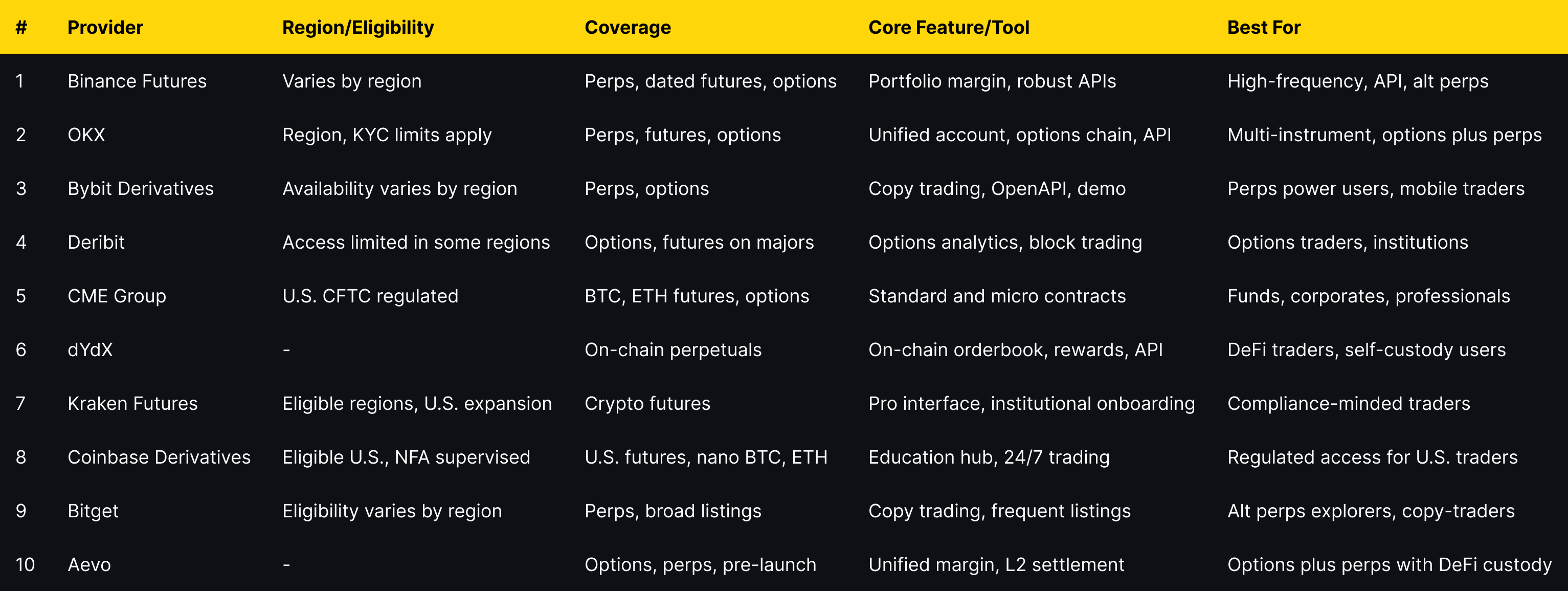
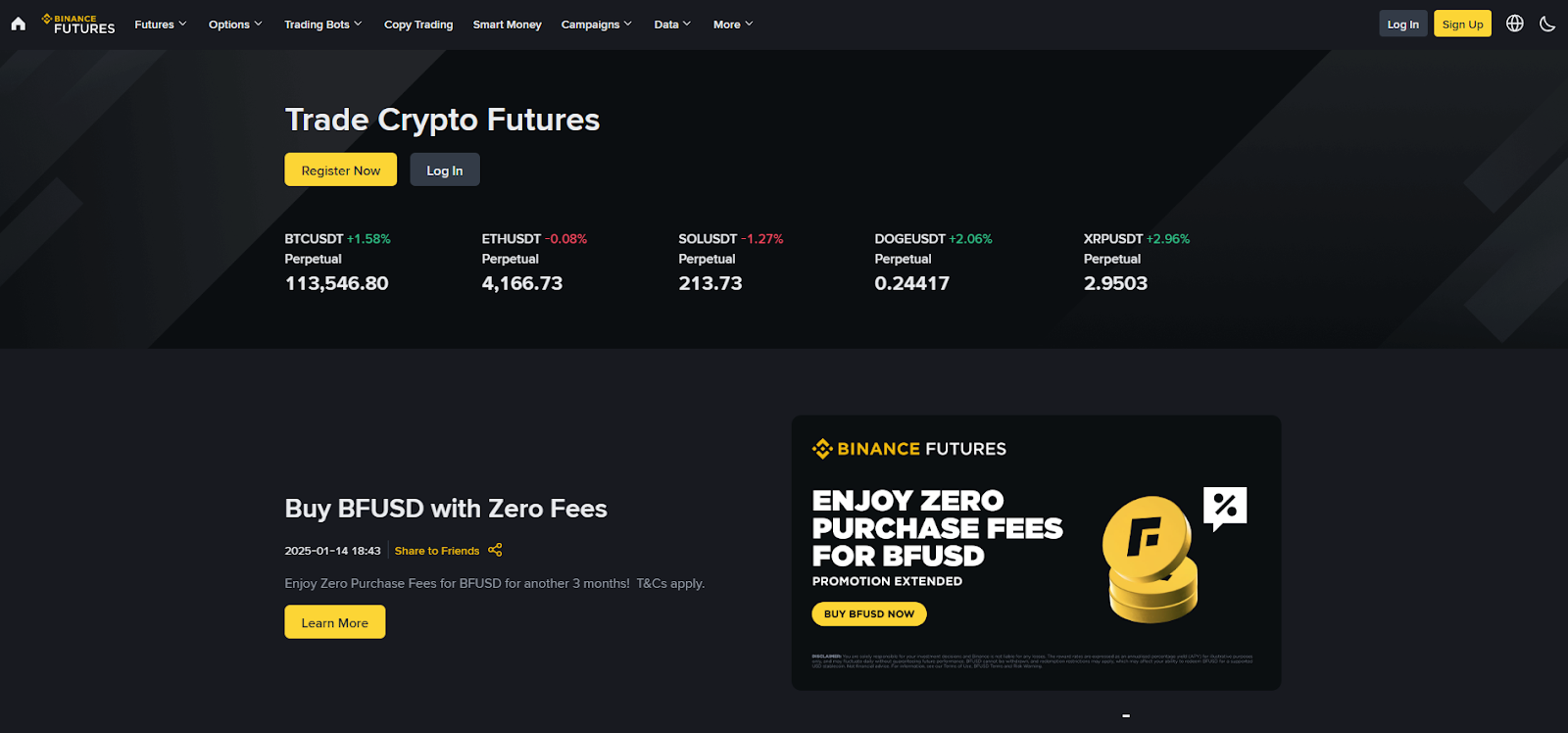
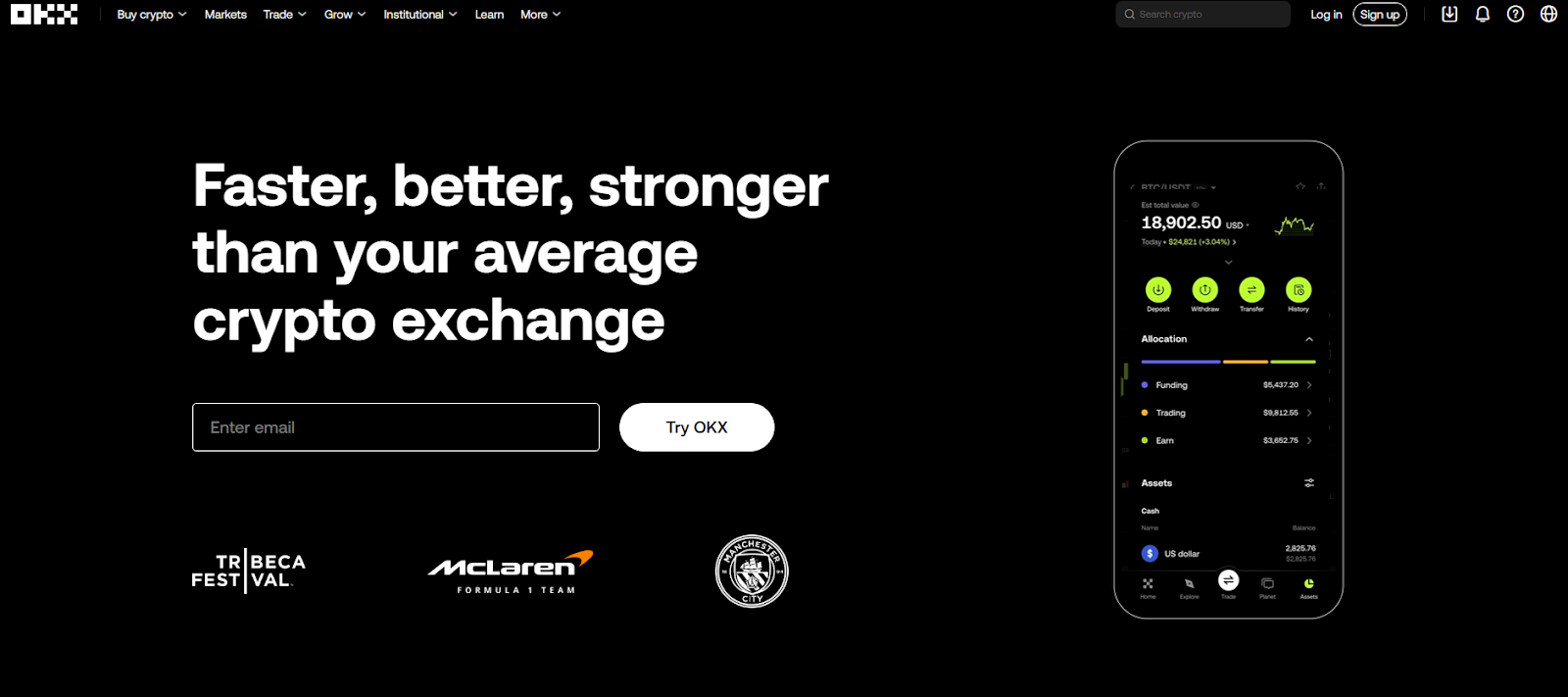
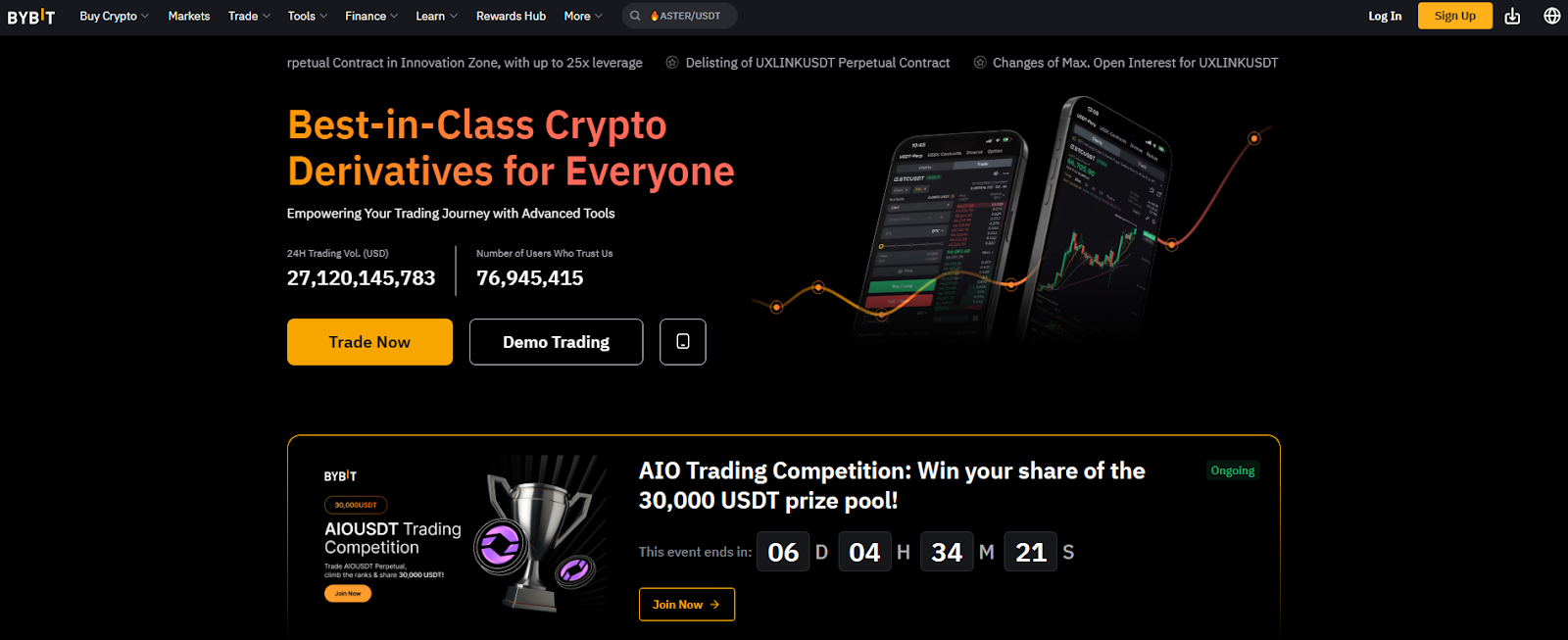








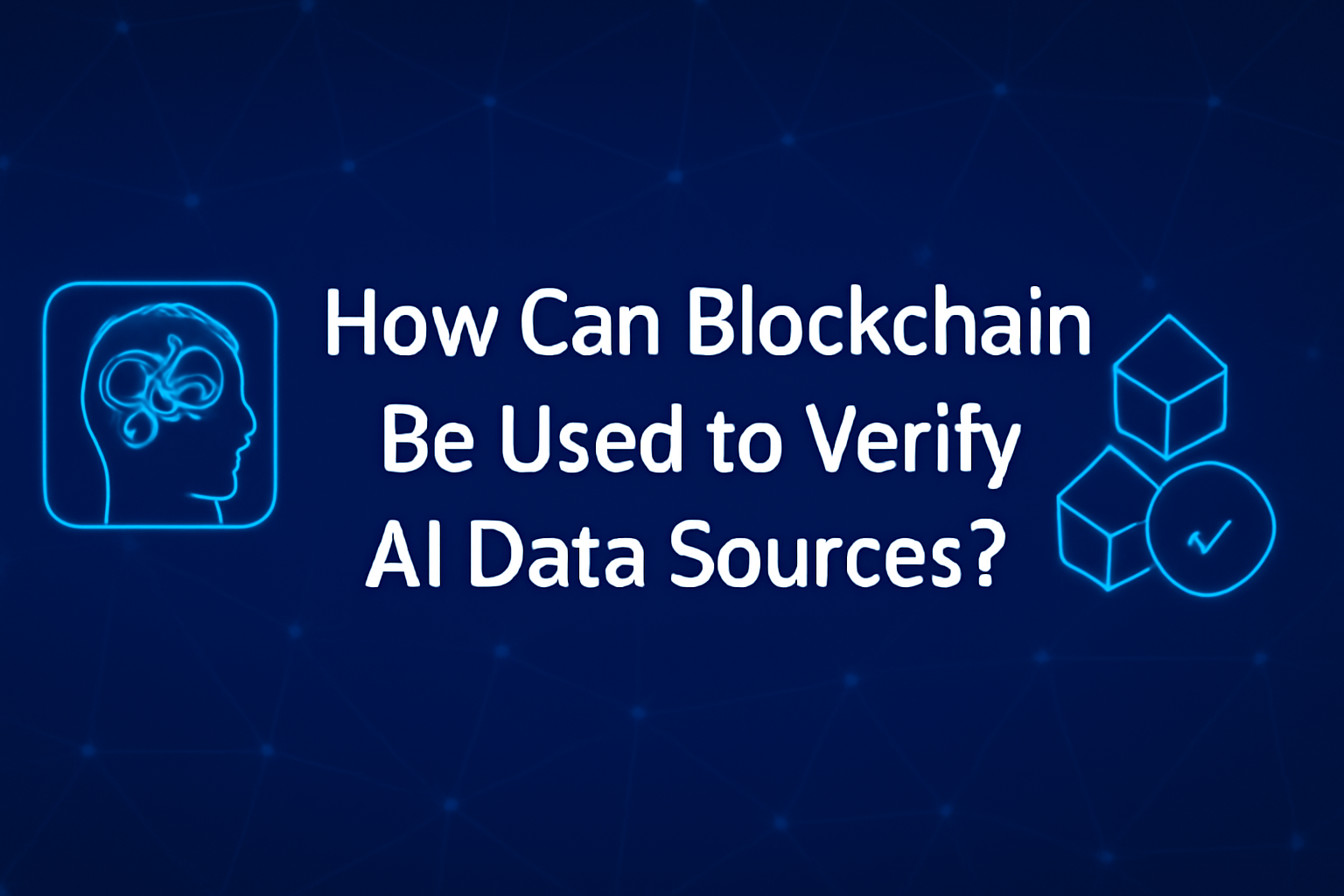



.svg)




.png)